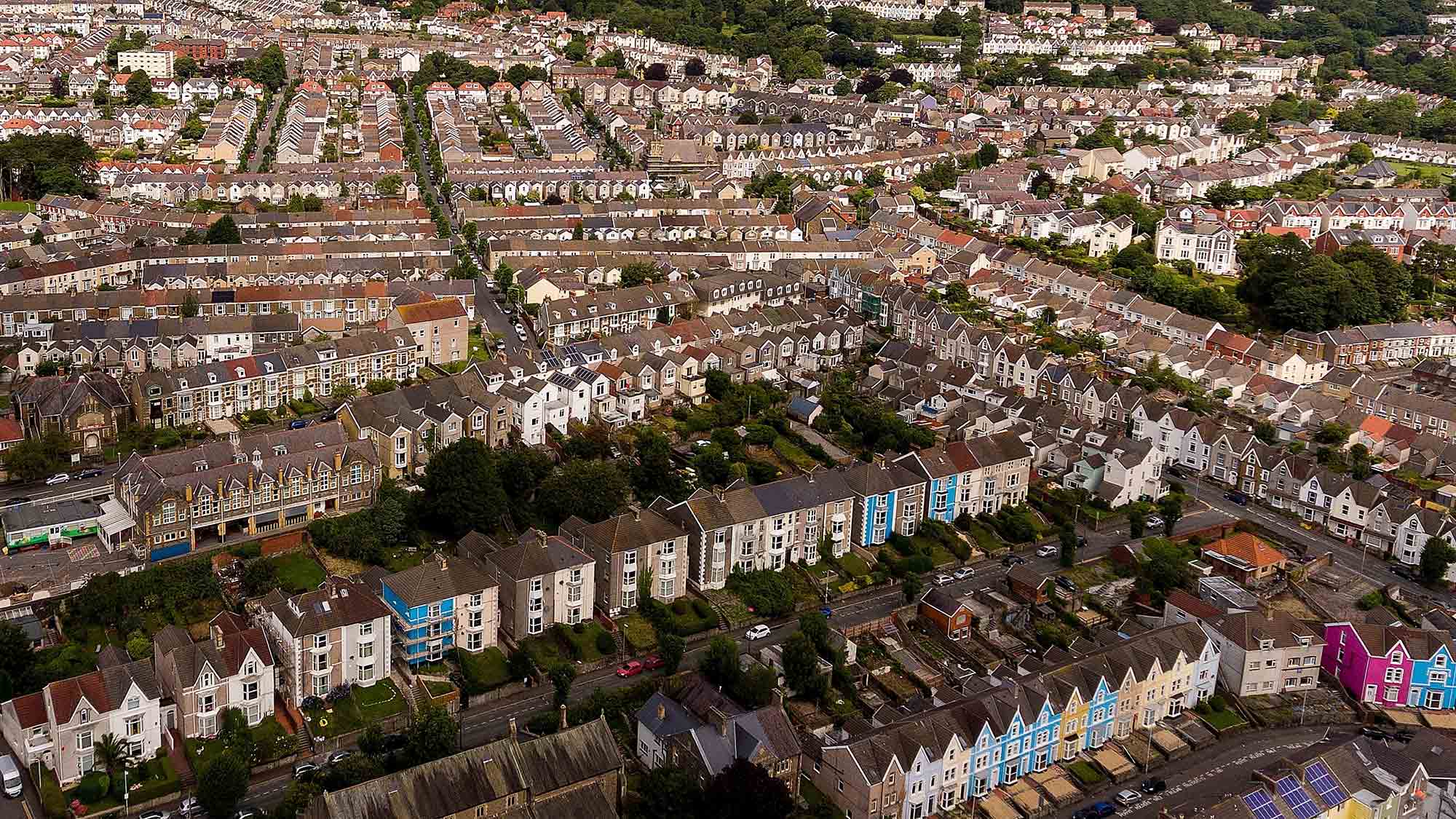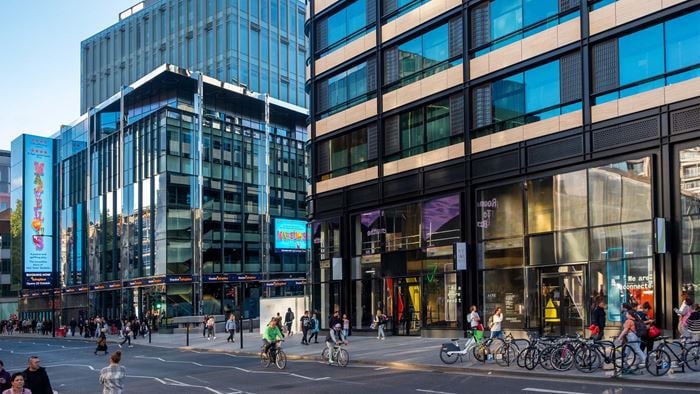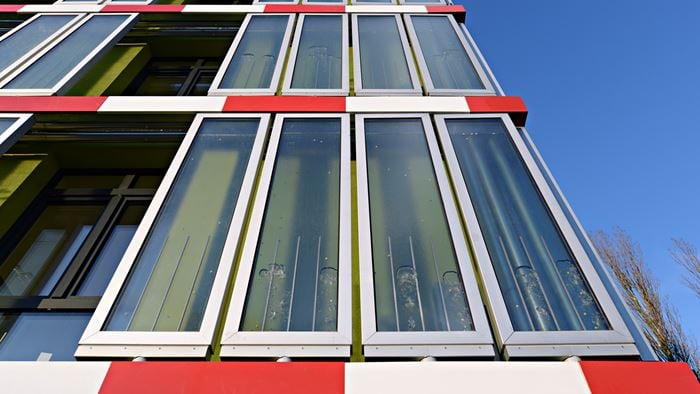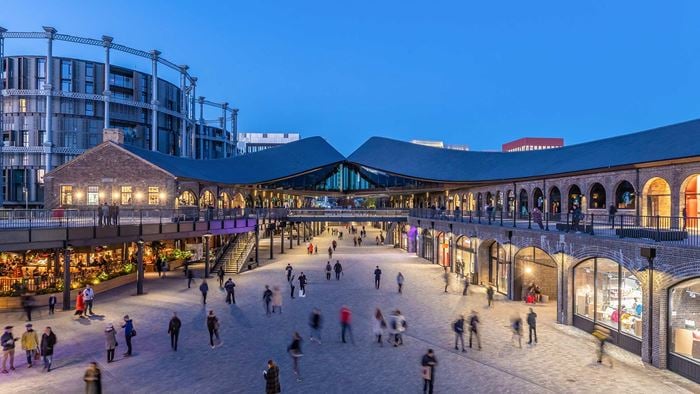Decarbonising existing homes and improving building safety are massive but vital priorities. Local authorities and housing providers currently have a unique opportunity to combine multiple benefits in a single action that would accelerate progress to net zero carbon, make homes safer and improve people’s quality of life. A joint approach to tackling these issues will save money, reduce disruption to residents and increase the resilience of our housing stock. It’s a moment to think big and transform the way we live.
A nationwide issue
The UK’s housing stock is responsible for 20% of the country’s annual carbon emissions. Given that 80-85% of today’s homes are likely to still be in use in 2050, retrofitting buildings to reduce their energy consumption and remove fossil fuels needs to be carried out urgently and at scale.
Beyond emissions, the health effects of poor quality housing are also clearer than ever. According to the Building Research Establishment, housing may have a similar impact on health as smoking or alcohol use. It’s clear that investment is needed, the key is to combine our response to these priorities in an efficient and effective way.
The timing is right for new thinking. New regulation is about to reshape the equation for the UK’s housing industry. The Building Safety Bill 2021, and forthcoming Social Housing Decarbonisation Fund will enforce and promote safety and energy efficiency upgrades.
The question is how to unlock economies of scale on such a major programme of housing improvements, finding ways to unlock funding and still provide people-led solutions for homes.
Addressing wider social goals
Energy efficiency upgrades don’t just lower emissions, they can improve people’s health. They can reduce childhood asthma, resulting in fewer lost school days, boosting educational performance and life chances. Improved housing can also cut levels of depression and anxiety in adults, reducing workplace absenteeism and supporting productivity for employers.
Cost-effective retrofits to the poorest housing is a chance to help the most vulnerable in society. This can include lifting people out of fuel poverty and addressing health issues caused by poor ventilation, as recently outlined in the All Party Parliamentary Group White Paper for Healthy Homes and Buildings (supported by work from Arup).
Additionally, as climate change drives more extreme temperatures, summer overheating problems are likely to rise. Energy efficiency improvements that take health and wellbeing into consideration can tackle this proactively, through measures such as shading and window designs that avoid the need for high carbon emission air conditioning units in the future.
It’s clear that the traditional finance model is far too simplistic, focusing on direct costs and savings. When wider social benefits are considered, such as health, employment, regeneration and tax revenues, as well as asset value gains from higher EPC ratings, the economic case becomes even more compelling.
Building retrofit
The retrofit of existing buildings is crucial to support our path to meeting net-zero carbon targets. Our expertise enables us to transform and reuse buildings in exciting and sustainable ways.
Discover our retrofit expertiseRealising economies of scale while meeting individual needs
With 29 million homes across the UK, there are economies of scale from approaching common housing typologies with a repeatable solution and large scale plan. Our use of data-analytics and modelling has helped to determine the scale and scope of retrofit interventions necessary to deliver net-zero heating most efficiently on a city-wide scale, developing business cases that capture some of the co-benefits.
This approach enables cities to plan delivery and funding programmes at scale, but they will then require delivery sensitive to the local community and individual residents. Local dialogue provides opportunity to create social value by providing insights to improve residents’ lives, particularly in housing estate retrofit projects, for example through outdoor space enhancements or provision of community amenity.
Finance and timing issues
Finance is often a barrier to broadening a project’s scope – but given the convergence of these housing issues, we have to make the case for boldness and an integrated approach. Even where there are higher initial costs, packaging projects in innovative ways can open access to new finance opportunities. Working in partnership with local authorities and housing providers, it’s clear there’s a role for blended finance, combining public and private sector capital, grants and borrowing to fund different parts of a project. Defining and certifying decarbonisation as part of the works can also unlock green loans.
Over the long term, a joined-up approach to retrofit is likely to generate financial savings on capital and operational costs, as well as increasing resilience of housing stock and improving quality of life. There might also be opportunities within these programmes, to unlock individual sites by sensitively adding housing density and facilities, providing much needed additional housing.
Ultimately, we believe it will simplify life for local authorities and housing providers too, so they no longer face urgent issues separately and consecutively.
So, how do we begin?
First, the Government must invest in large scale retrofit of existing homes for decarbonisation, safety and well being and provide support for innovative private investment. Although funding is becoming available for social housing, more will be needed and all homes need addressing to meet climate targets and safety requirements.
Second, local authorities, housing providers and the construction industry must define an efficient way to tackle all these issues in a joined-up fashion. All stakeholders will need to collaborate and think creatively to make sure investment is used to the greatest effect and the lowest disruption. And residents must be central to the process of upgrading their homes.
We are keen to listen to local authorities and housing providers to understand the specific challenges they are facing and how we could help – from prioritising projects to opening access to finance. I really hope that property owners and the industry recognise this time for the unique opportunity it presents. It’s a moment to truly make a difference, to innovate, and to change lives for the better.
 ;
;






